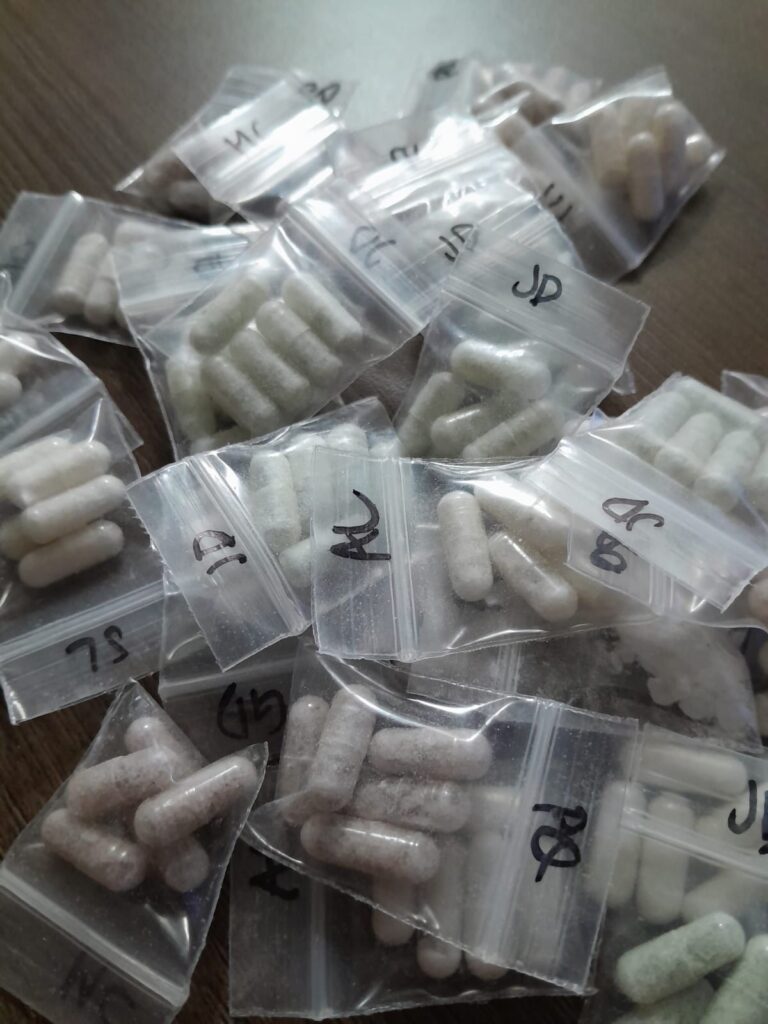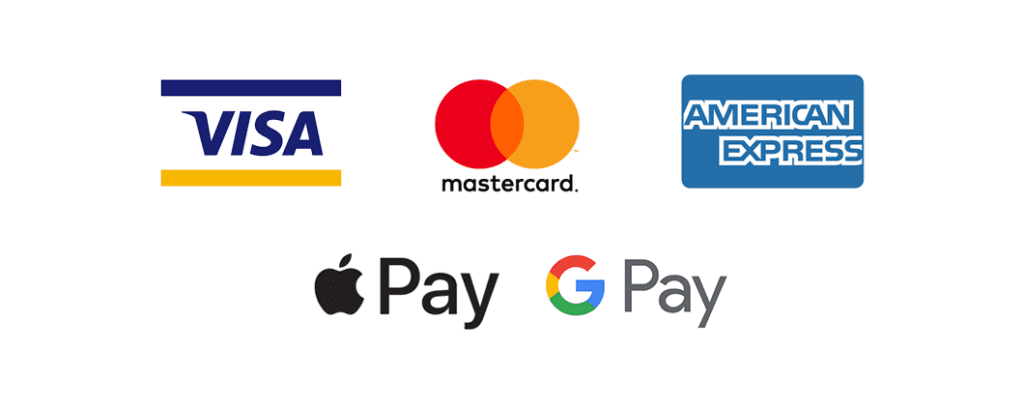
For centuries, people have experimented with microdoses of psilocybin and peyote to relieve physical ailments and enhance feelings of well-being. Today, microdosing also includes MDMA.
Microdosing is when a person takes a small amount of a hallucinogenic substance seeking a positive effect on the mind without a psychedelic experience.
Microdosing psychedelics is more than just a trend. What began as a homegrown experiment is now, for some, a form of daily medication; for others (such as in Silicon Valley), a tool for creativity and productivity; and increasingly, a subject of serious scientific research.
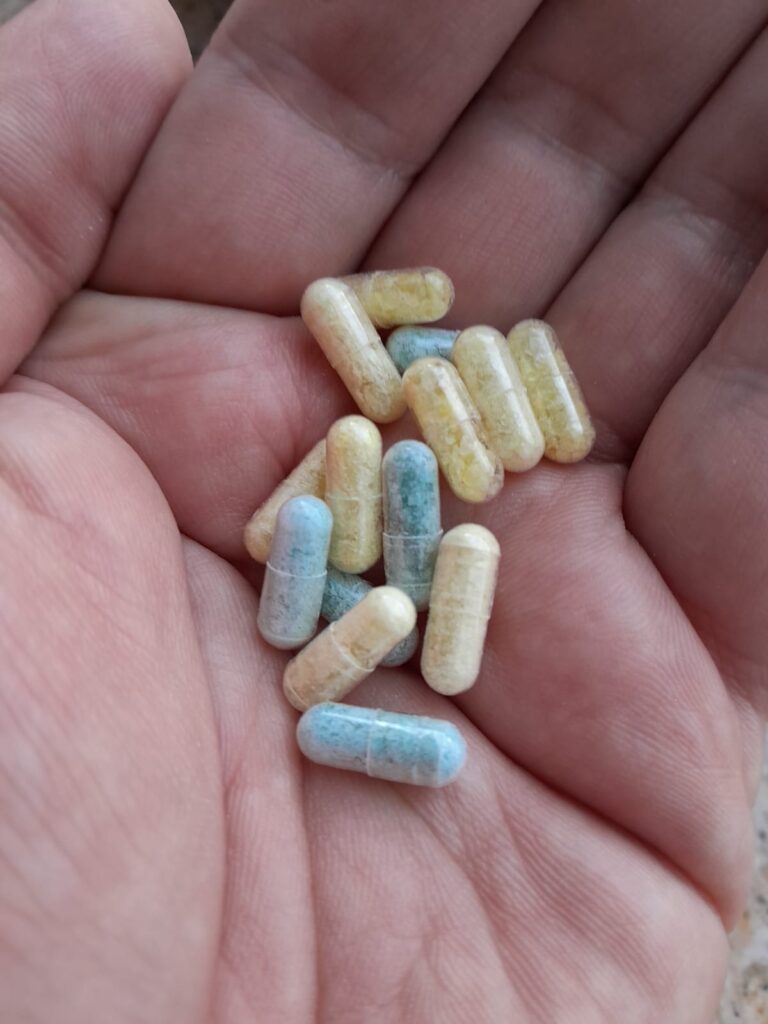
MDMA is an empathogen. That means that effects include increased emotional openness and feelings of profound connection in addition to euphoria and a light stimulant effect.
Dosing: How Much MDMA Should You Take?
A microdose of MDMA is between 5–40 mg, about 10 mg less than the lowest “standard” dose.
Start with the smallest possible dose — around 5 mg — for your first few days of microdosing. Increase your dose 5 mg at a time as necessary or until you reach a comfortable dose.
Remember, the goal isn’t to get high or experience changes in vision, hearing, touch, or physical sensation. The ideal dose will be between 5–40 mg and should help to support focus, energy, and mood without altering your perception. A true microdose should allow you to function as usual.
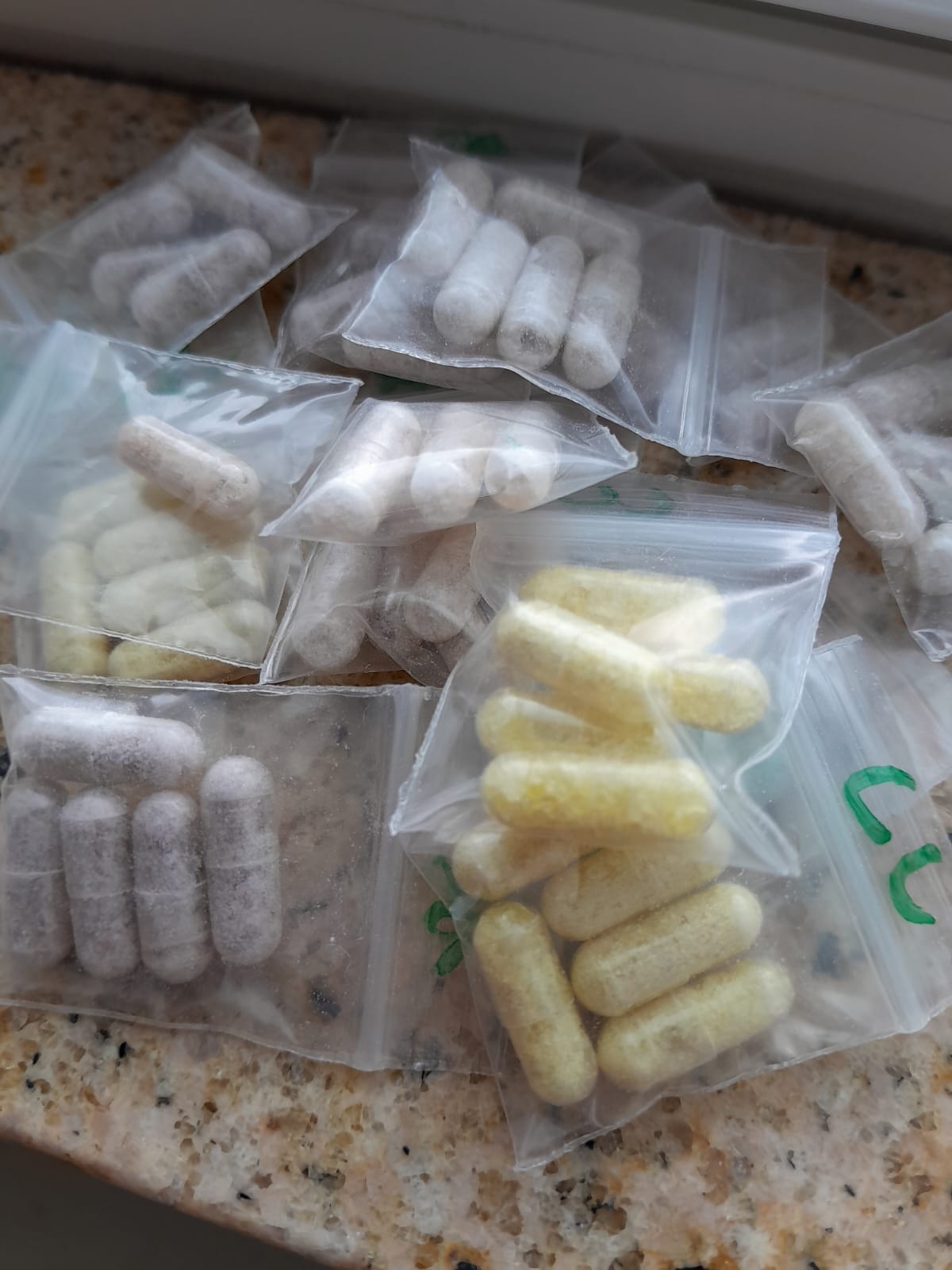
What Does a Microdosing of MDMA Feel Like?
The effects of microdosing MDMA should be nearly undetectable.
The only exceptions should be a slight elevation in mood, energy level, and increased emotional openness, which are the most common positive effects.
You should feel no physical sensation and have no altered visual perception.
What Are The Benefits of Microdosing MDMA?
According to proponents of MDMA microdosing, this practice has similar benefits to microdosing classical psychedelics. These include:
- Boosted physical and emotional energy
- Enhanced mood
- Improved concentration
- Reduced symptoms of anxiety, depression, & PTSD
- Increased ability to connect with yourself & others
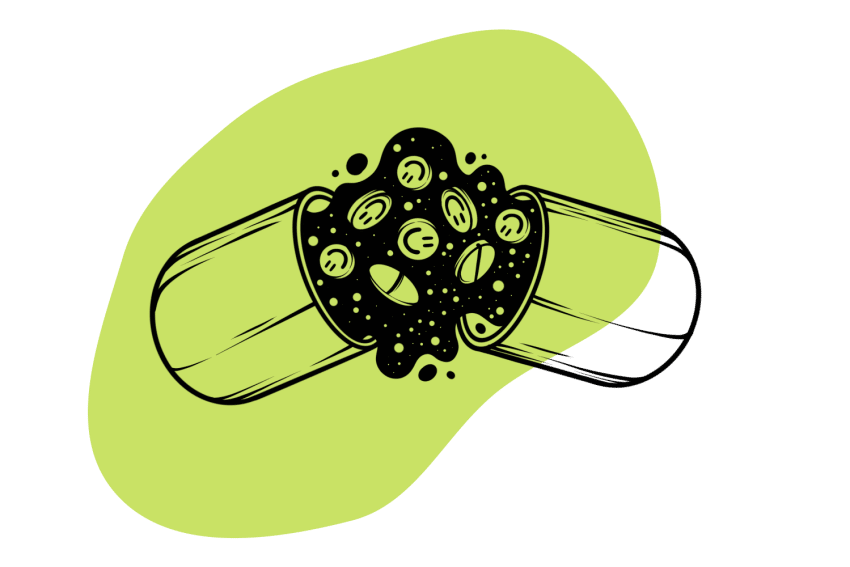
For individuals with a tendency to worry about new experiences, short-term microdosing of substances like MDMA can make an introduction to the world of psychedelics easier.
Microdosing MDMA Tips & Guidelines
Microdosing is relatively simple and follows the same basic procedure as microdosing most other psychedelic compounds. Following dosing guidelines, setting your intentions, and choosing the right time to microdose can enhance the benefits of microdosing MDMA.
Set & Setting: Creating a Positive Experience
Although you won’t have a full psychedelic experience when microdosing MDMA, you should still set your intentions and ensure you are in a safe and comfortable environment.
Microdosing is, after all, a practice used for self-discovery and growth. Consciously establishing your goals can help to track your progress and identify patterns of behavior that impact your success.
Before microdosing MDMA, take a moment to focus on what you want to accomplish. Keep it simple by spending a few seconds reflecting, or create something more concrete by keeping a journal or record of your goals.
The simple act of reminding yourself of your intentions when microdosing can both direct and improve your experience.
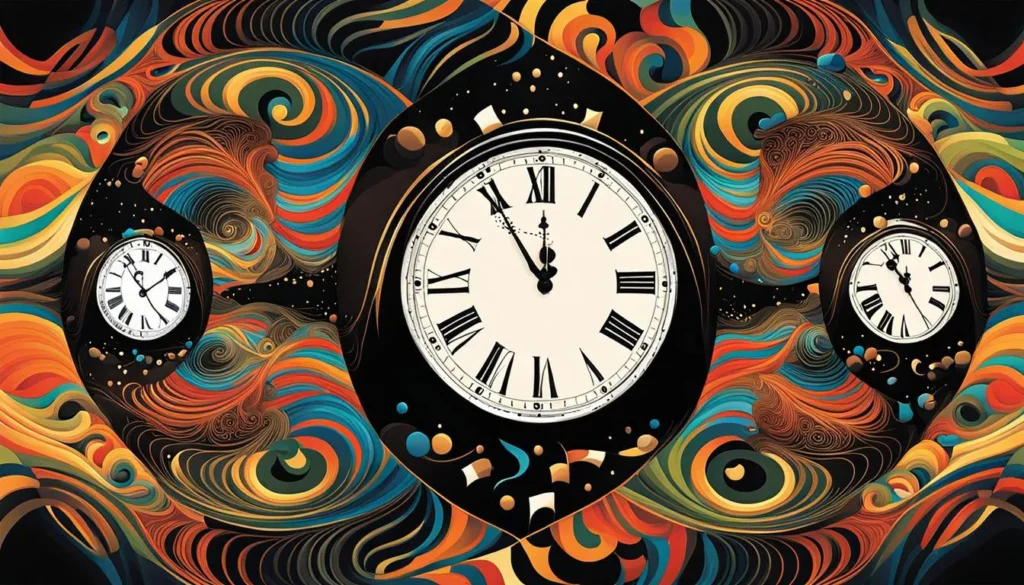
Timing: When Should You Take an MDMA Microdose?
Since MDMA’s effects last around 3–6 hours, some users prefer to take their microdose in the early afternoon. Anecdotally, this may help to support mood and energy into the evening without impacting their ability to sleep.
How often and for how long you microdose MDMA will depend on personal preference.

